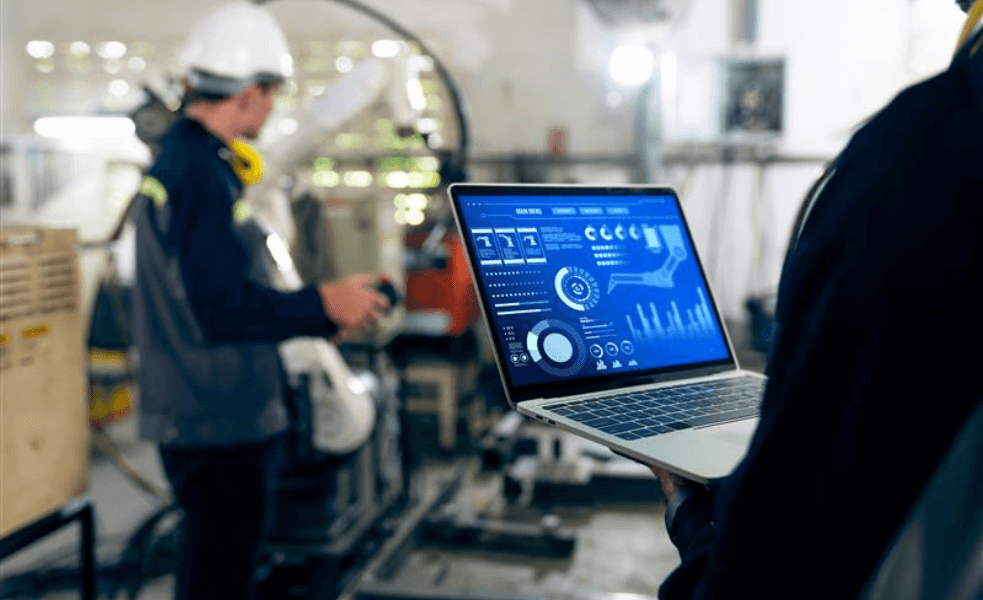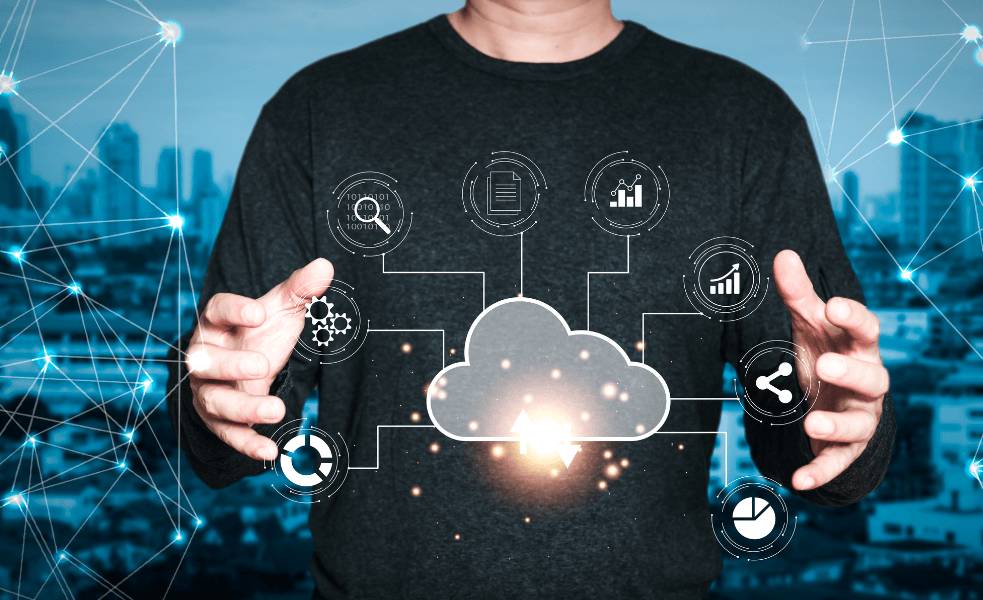Let’s break it down. IoT applications are software solutions that connect everyday devices and sensors over the internet, turning raw data into powerful insights. These apps help businesses track assets, optimize workflows, predict maintenance needs, and automate processes — basically making companies smarter and more agile.
In 2025, IoT applications have become a game-changer for companies aiming to stay competitive. They’re no longer just tech experiments but essential tools for driving efficiency and innovation.
How Do IoT Applications Work?
Understanding the basics helps you see why these apps pack such a punch:
- Data Collection: Devices and sensors gather data like temperature, movement, or usage stats.
- Connectivity: This data streams securely to cloud servers or edge devices close to the source.
- Data Processing: AI and analytics platforms make sense of the data, spotting trends and issues.
- Automated Actions: Based on insights, the system triggers alerts or performs tasks — like adjusting equipment or sending maintenance teams.
- User Interface: Real-time dashboards and mobile apps give teams the info they need, when they need it.
Key Benefits of IoT Applications
So, what’s in it for your business? Plenty.
- 24/7 Visibility: Monitor equipment, inventory, and processes around the clock.
- Cost Savings: Cut downtime and energy costs by spotting problems early and optimizing usage.
- Automation: Free your workforce from repetitive tasks with smart, automated processes.
- Predictive Maintenance: Fix issues before they cause expensive breakdowns.
- Enhanced Safety: Detect unsafe conditions immediately and protect your teams.
- Improved Customer Experiences: Use real-time data to provide faster, personalized services.
- Scalability: Grow your IoT ecosystem as your needs evolve without costly overhauls.
Popular IoT Applications in Business Today
IoT applications come in many flavors, each solving different challenges:
- Asset Tracking: Real-time location and condition monitoring to reduce losses and improve logistics.
- Energy Management: Automatically adjust energy consumption across facilities to save money and reduce carbon footprints.
- Condition Monitoring: Keep tabs on machine health and performance to avoid costly downtime.
- Remote Monitoring: Manage off-site assets and operations without the need for constant physical checks.
- Quality Control: Track production variables to maintain product standards and reduce waste.
- Inventory Management: Stay on top of stock levels to avoid shortages or excess.
- Environmental Monitoring: Ensure safe working conditions by measuring air quality, noise, temperature, and more.
How to Develop a Successful IoT Application Strategy
Jumping into IoT applications without a plan can lead to headaches. Here’s how to set yourself up for success:
Define Clear Business Goals
Pinpoint what you want to achieve — whether it’s cutting costs, boosting productivity, or improving safety.
Choose the Right Devices
Pick sensors and hardware that fit your environment and needs.
Select Scalable IoT Platforms
Look for platforms that grow with your business and integrate easily with your current software.
Ensure Robust Security
From device authentication to encrypted data transmission, security is non-negotiable.
Focus on User Adoption
Make sure your teams understand and can easily use the new tools with proper training and intuitive interfaces.
Start Small, Scale Fast
Pilot projects let you test, learn, and adjust before rolling out enterprise-wide.
Overcoming Common Challenges with IoT Applications
Even the smartest IoT app faces obstacles. Here’s how to tackle them:
- Data Overload: Filter data intelligently using AI to highlight what really matters.
- Legacy System Integration: Use APIs and middleware to bridge old and new tech.
- Security Risks: Stay vigilant with regular updates, audits, and best practices.
- Costs and ROI: Manage budgets by phasing implementations and measuring impact.
- User Resistance: Involve end-users early and focus on user-friendly design.
Future Trends in IoT Applications
What’s coming next in the IoT space? These trends will shape the future:
- AI-Driven Automation: Devices will not only report but also fix problems automatically.
- Digital Twins: Virtual replicas of assets let you simulate and optimize in real time.
- Interoperability: Universal protocols will let all devices and platforms work together seamlessly.
- Sustainability Focus: IoT will drive greener business operations and smarter resource use.
- Human-Centric Design: IoT apps will enhance worker productivity and safety with intuitive interfaces and wearable tech.
Frequently Asked Questions (FAQs)
How soon can I expect results from implementing IoT applications?
Many businesses see benefits within months, especially through improved maintenance and process visibility.
Is IoT expensive to get started?
Costs vary, but starting with targeted pilots helps keep initial investment manageable.
How secure are IoT applications?
With proper encryption, authentication, and network segmentation, IoT applications are highly secure.
Do I need in-house experts to manage IoT apps?
Not necessarily. Many platforms offer user-friendly management tools and vendor support.
Can IoT apps work with my existing business software?
Yes, modern IoT solutions offer APIs and middleware for seamless integration with ERPs, CRMs, and more.
Ready to Unlock the Power of IoT Applications?
IoT applications aren’t just tech trends — they’re fundamental to how businesses operate smarter, faster, and safer in 2025. With real-time insights, automation, and predictive intelligence, these apps empower your team to make data-driven decisions that drive growth and reduce costs.
If you’re ready to step into the future of connected business, start exploring IoT applications today. Whether you’re optimizing equipment, managing inventory, or enhancing customer experience, IoT solutions deliver measurable impact.



